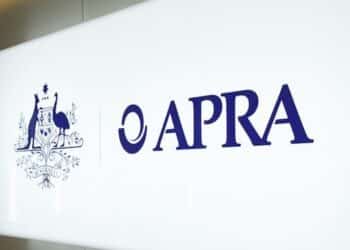Calls for the industry to begin funding ASIC’s regulatory activities follows recommendations made by the FSI. Former assistant treasurer Josh Frydenberg released a consultation paper in August seeking stakeholder views on the proposed model.
However, according to the latest ifa straw poll, more than 82 per cent of respondents do not believe a user-pays model for ASIC is a good idea. This contrasts with 17.2 per cent of respondents who do agree with the concept.
Outside of the poll, others have expressed confusion as to how this structure is expected to work, including Governance Institute of Australia, which said yesterday that the consultation paper lacks detail.
“We need more meat on the bones of the proposal,” Governance Institute chief executive Steven Burrell said in a statement.
“We need to know why this particular model – as distinct from alternative models working well in other jurisdictions or other possibilities that may have been canvassed but not disclosed – is better placed to improve or enhance the integrity of our markets. The consultation paper fails to do that.”
Meanwhile, Evalesco Financial Services’ director Jeff Thurecht said that while he understands a need for the regulator to be better resourced, he doesn’t see how the proposed structure will help ASIC be more effective.
“How will accountability improve if ASIC becomes answerable to a disparate group of industries and participants?” Mr Thurecht told ifa.
“My fear is that the only tangible change could be an increase in costs to licensees, advisers and ultimately consumers. This would be hard to take without any clear improvement in outcomes for consumers or more effective enforcement of inappropriate conduct at all levels of the industry value chain.”
The FPA has also raised concerns about increased costs to clients for financial advice. The FPA’s chief executive Mark Rantall said the consultation paper estimated that under this model, a small self-licensed financial planning firm will be subject to costs of more than $6,000 per year.
“If this is to be the case, the government must also consider the potential flow-on impact of increased costs of financial advice for consumers – especially at a time when the industry is already facing significant new costs relating to complying with other regulatory requirements,” he said.
The user-pays model was introduced as a way to provide “more funding certainty” to ASIC, according to Mr Frydenberg. It has also been supported by ASIC chairman Greg Medcraft and the Financial Services Council.
“We have enough laws in place already to ensure consumers are protected. ASIC needs to focus on its role as a corporate regulator to enforce these laws and it needs to be properly resourced to do its job,” said FSC chief executive Sally Loane.
The closing date for submissions to the consulation paper was 9 October 2015.




THis has the potential to destroy the IFA space. If smaller groups have even 1 vexatious claim made against it, under the proposal, all costs associated in any subsequent investigation will still fall on that Licensee to fund. This is unworkable and borders on a criminally negligent suggestion.
People must clearly be misunderstanding this. ASIC reap $600 million from companies, business names & searches and it only costs them $142 million to administer that section. A user pays model would return $350 million back to small business. Other sectors return $37m but cost $262 million.Why should small companies annual returns fund big business? I bet the poll did not give all the information. People responding would have thought they would be paying more. That won’t be the case for small businesses.
ASIC has a registry business that brings in more than enough funds to cover the cost of its regulation duties. As you cannot have effective regulation without effective registration these two businesses go hand-in-hand. If the government didn’t take more than the net profit of the two entities, there would be no funding problem.